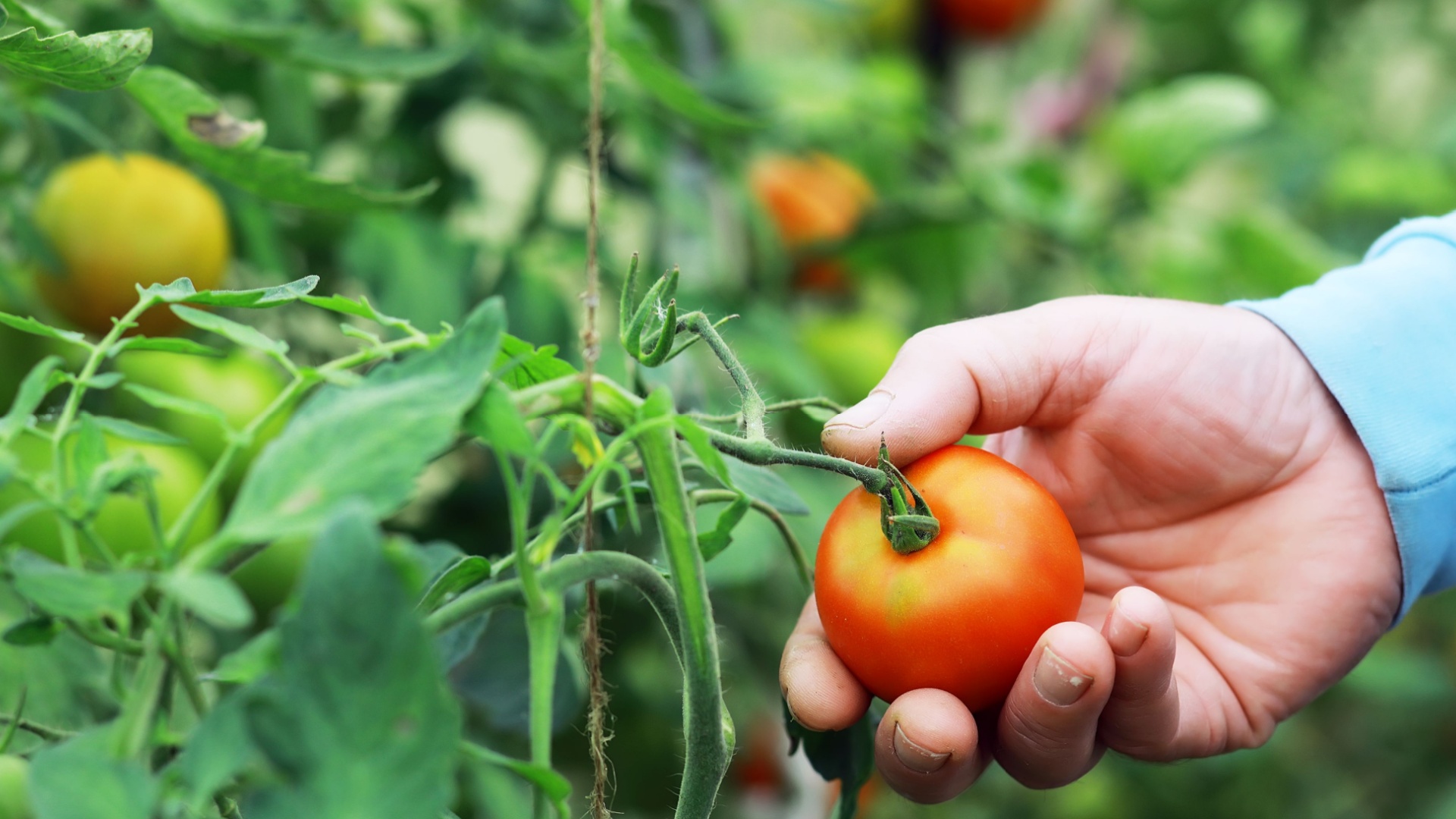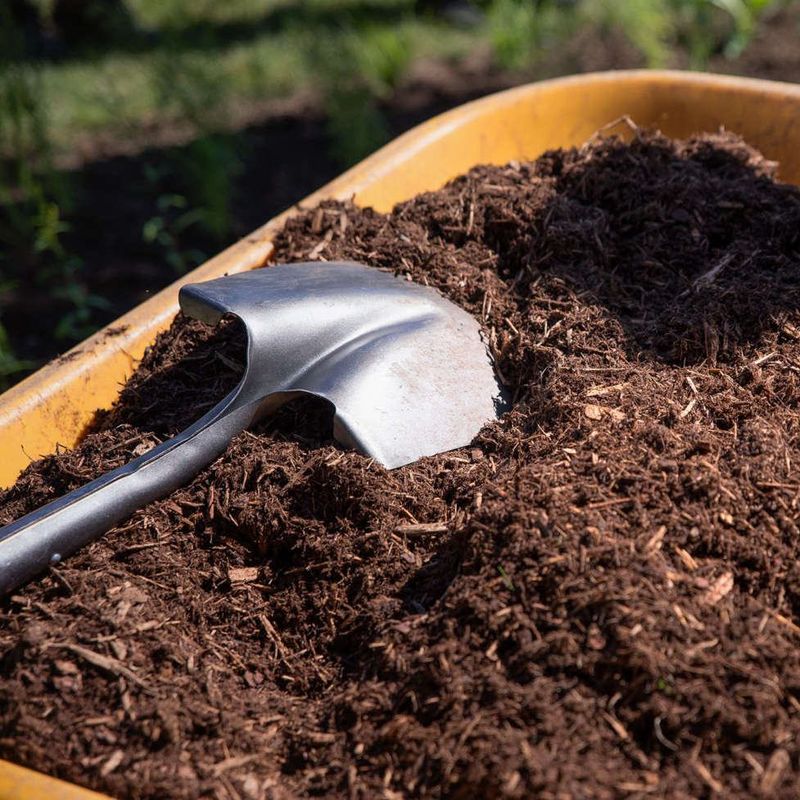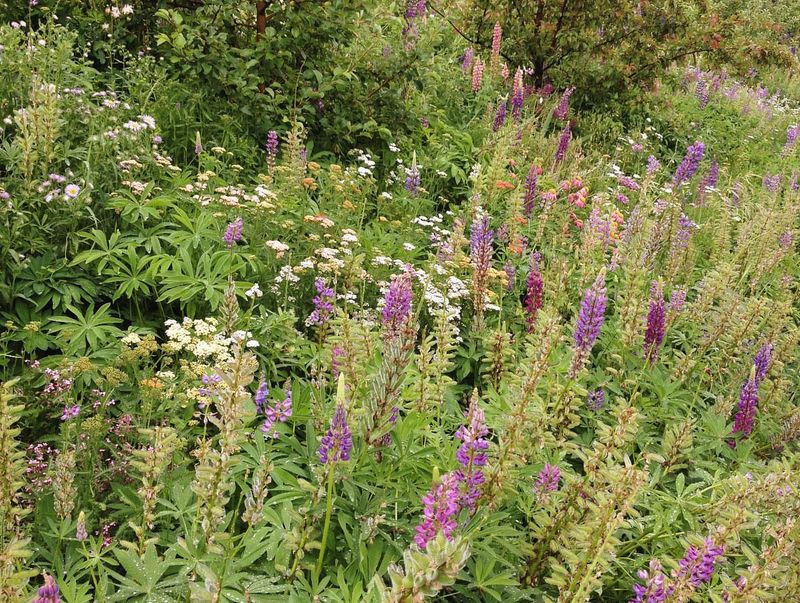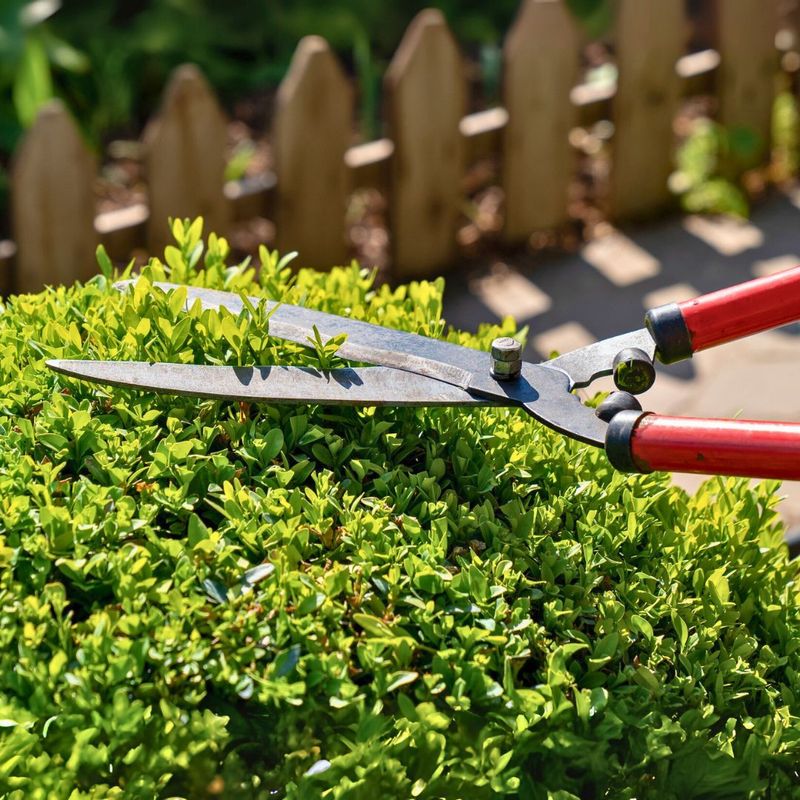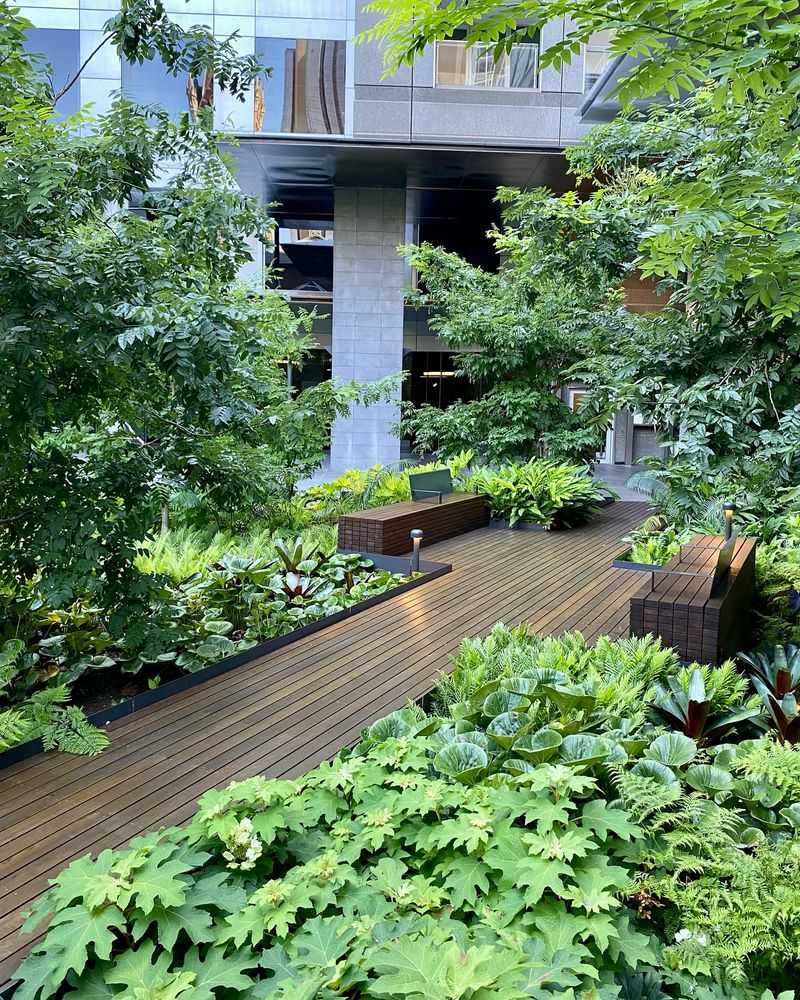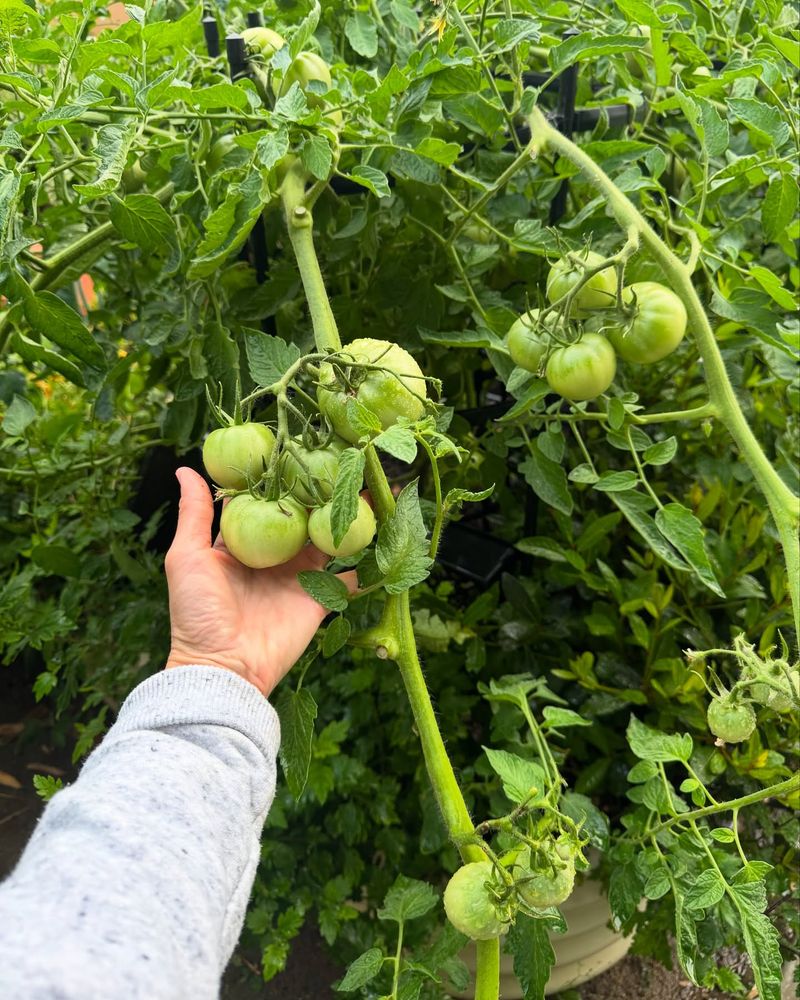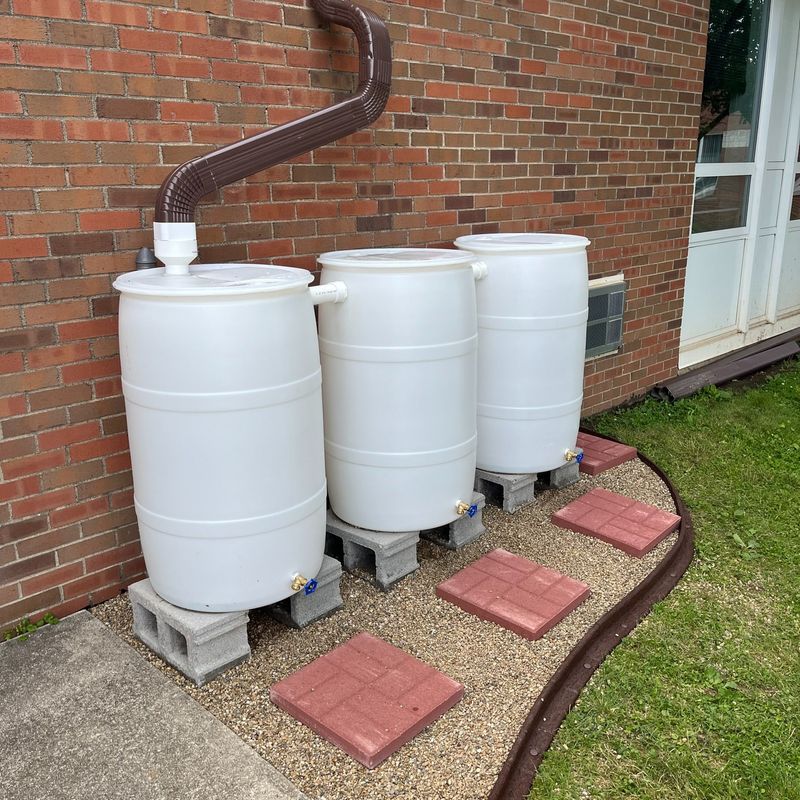August in Texas brings scorching temperatures that challenge even the most dedicated gardeners. Changing a few gardening habits now can save your plants, conserve water, and prepare your garden for the fall season ahead.
Try these practical adjustments to keep your Texas garden thriving through the brutal summer heat.
1. Water Deeper, Not More Often
Frequent shallow watering creates weak root systems that can’t handle Texas heat. Instead, water deeply once or twice weekly, allowing moisture to reach 6-8 inches down. Early morning watering (before 8am) reduces evaporation and helps plants absorb moisture before temperatures soar.
Consider installing a soaker hose or drip irrigation system to deliver water directly to roots with minimal waste.
2. Mulch Like Your Plants Depend On It
A thick layer of mulch acts like a protective blanket for your soil. Apply 3-4 inches around plants to lock in moisture, block weeds, and keep soil temperatures cooler. Organic options like shredded hardwood, pine straw, or compost gradually break down to feed your soil.
For vegetable gardens, lighter-colored mulches reflect heat away from delicate plants during brutal August afternoons.
3. Embrace Native Plants
Native Texas plants evolved to thrive in our challenging climate. Plants like Turk’s Cap, Black-eyed Susan, and Texas Sage require minimal water once established. August is perfect for planning your native plant additions for fall planting.
Visit local nurseries to discover which natives match your garden’s conditions. Beyond saving water, these plants attract beneficial insects and wildlife that help your garden ecosystem.
4. Adjust Your Mowing Height
Raising your mower blade during August protects grass roots from scorching sun. Taller grass (about 3-4 inches for most Texas varieties) shades the soil, reducing evaporation and preventing weed seeds from germinating.
Bermuda grass can be kept at 2 inches, while St. Augustine benefits from 3-4 inch height during peak summer. Remember to never remove more than one-third of the grass blade in a single mowing to prevent stress.
5. Prune With Purpose
August isn’t the time for major pruning in Texas gardens. Heavy pruning stimulates tender new growth that can’t handle late summer heat stress. Focus only on removing dead or diseased branches. Save major pruning tasks for late winter when plants are dormant.
For roses, light deadheading is fine, but avoid cutting back canes until temperatures cool down in fall.
6. Switch Fertilizing Strategies
Heavy nitrogen fertilizers trigger rapid growth that requires more water. In August, skip traditional fertilizers and switch to compost tea or seaweed extracts that provide micronutrients without pushing growth.
Container plants may need light feeding with half-strength liquid fertilizer. For lawns, hold off on fertilizing until September when temperatures moderate. This prevents fertilizer burn and reduces water demands during peak heat periods.
7. Create Shade Pockets
Temporary shade can save vulnerable plants during the worst of August heat. Use shade cloth (30-50% density) suspended above sensitive vegetables and flowers during afternoon hours. Beach umbrellas work in a pinch for protecting individual plants.
For container gardens, group pots together on the east side of structures where they’ll get morning sun but afternoon shade. Even partial shade reduces water loss and prevents sunscald on fruits and leaves.
8. Harvest Earlier and More Often
August heat speeds up ripening and can quickly turn perfect vegetables overripe. Check your garden daily and harvest in the cool morning hours when produce is at its freshest. Picking vegetables regularly encourages plants to keep producing rather than going to seed.
Tomatoes can be harvested when they show the first blush of color and ripened indoors, protecting them from cracking in the heat and from hungry birds and insects.
9. Start Fall Vegetables Indoors
August is perfect for starting fall vegetable seedlings indoors while it’s still too hot outside. Broccoli, cauliflower, kale, and lettuce seedlings started now will be ready to transplant in September when temperatures moderate.
Use a sunny window or grow lights to give seedlings 6-8 hours of light daily. Keep soil consistently moist but not soggy. This head start means you’ll be harvesting fresh vegetables weeks earlier than direct-sowing when fall arrives.
10. Collect Rainwater
August thunderstorms may be sporadic, but they provide free, chemical-free water for your garden. Set up rain barrels under downspouts to capture this valuable resource before it runs off. Even a simple 55-gallon drum can collect significant water from a brief shower.
Plants prefer rainwater over treated tap water, and you’ll save on water bills. Remember to cover barrels with fine mesh to prevent mosquito breeding and algae growth.

